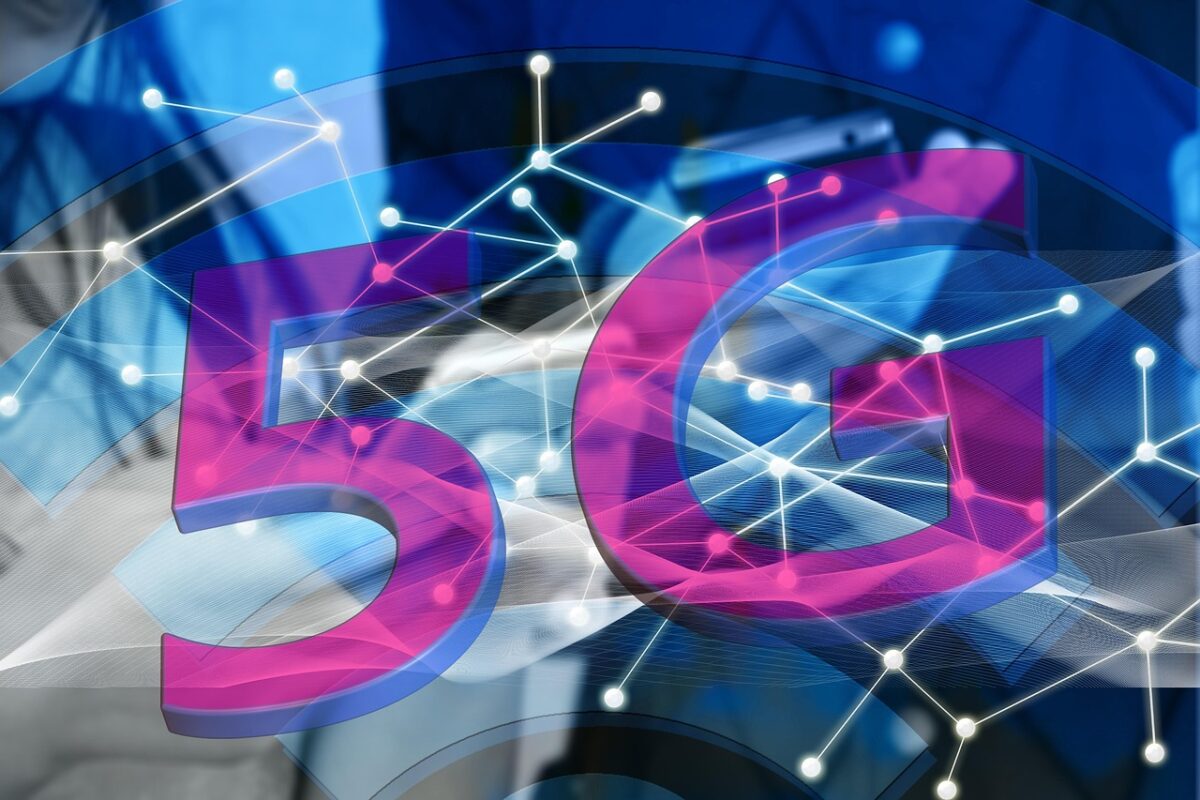The advent of 5G technology has promised groundbreaking improvements in network coverage and speed, transforming how we live, work, and play. The fifth-generation wireless network offers faster data speeds, reduced latency, and greater connectivity than ever before. However, achieving optimal 5G performance can be hindered by obstacles like building materials, geography, and distance from cell towers. This is where 5G signal boosters come into play, bridging the gaps in network coverage. In this article, we dive deep into how these devices can enhance your wireless experience.
Real-World Benefits: Network Coverage and Speed Improvements With 5G Boosters

The real-world impact of deploying a 5G signal booster is most evident in the enhanced network coverage and speed experienced by users. In households and offices located in areas with historically poor network reception, a booster can dramatically improve the reliability of the connection. Users can say goodbye to dropped calls, slow download speeds, and frustrating buffering during video streams.
In addition to improved personal convenience, 5G boosters are also crucial for critical applications where constant connectivity is mandatory. For example, in the world of telemedicine, medical professionals rely on a steady and fast network to provide remote patient care and real-time monitoring. A robust 5G connection supported by a signal booster can be the difference between life and death.
Furthermore, businesses that rely on cloud computing and data analytics can see significant productivity gains with enhanced network coverage. Whether it’s a business processing large volumes of data or a content creator uploading high-resolution media, an uninterrupted and speedy 5G signal ensures that workflows remain smooth and efficient.
Exploring the Technical Aspects of 5G Signal Enhancement
Understanding the technical facets of 5G signal boosters requires a grasp of their two-component system: the exterior antenna and the interior amplifier. The exterior antenna is usually mounted outside a building or vehicle to capture the available 5G signal. This captured signal is then transmitted to the interior amplifier, which boosts the signal before it’s redistributed indoors through an internal antenna.
These boosters use sophisticated technology to ensure they amplify the signal without introducing noise or distortion, which could degrade the quality of the enhanced signal. The result should be a clear, strong 5G connection that provides the user with the expected benefits of enhanced speed and low latency. This technology must satisfy stringent regulatory standards to ensure it does not interfere with the overall network operation and other users.
The boosters are typically designed to support multiple devices at once, allowing multiple users to benefit from the enhanced signal simultaneously. This capability makes them particularly appealing in commercial settings or households with high data usage across several devices. Additionally, most modern signal boosters are designed to be compatible with multiple network carriers, providing flexibility and convenience for users.
Installation and Setup of 5G Signal Boosters for Optimal Performance

The process of setting up a 5G signal booster is typically straightforward, but it requires careful planning to ensure optimal performance. The first step is identifying the location with the strongest outside signal, which is where the external antenna should be placed. This is often achieved through trial and error or with the help of signal metering tools.
Once the external antenna is in place, it should be connected to the internal amplifier, usually situated indoors. Cable quality and length can affect signal quality; thus, it’s essential to use the right type and minimize the distance between the antenna and amplifier. It is also vital to ensure that the internal antenna is positioned to maximize indoor coverage, often away from obstructions and high enough to distribute the signal evenly.
Evaluating the Impact of 5G Signal Boosters on Businesses and Consumers
The proliferation of 5G signal boosters represents a significant advancement in telecommunications, offering substantial benefits for both businesses and individual consumers. For companies, the improved connectivity means enhanced communication with clients, streamlined operations, and the ability to utilize advanced technological solutions without worrying about network reliability. Signal boosters allow businesses to exploit the full advantages of 5G technology, fostering innovation and a competitive edge.
For consumers, the impact of signal boosters can be life-changing. The ability to access high-speed internet in previously unreachable areas brings a wealth of information and services to users’ fingertips. It facilitates remote work, enriches educational opportunities, and provides endless entertainment options.
Overall, the integration of 5G signal boosters into our telecommunications infrastructure is proving to be a game-changer for network coverage and speed. These devices are not only enhancing the current user experience but are also unlocking the potential for new technological advancements and applications, helping both consumers and businesses realize the full potential of 5G connectivity.




